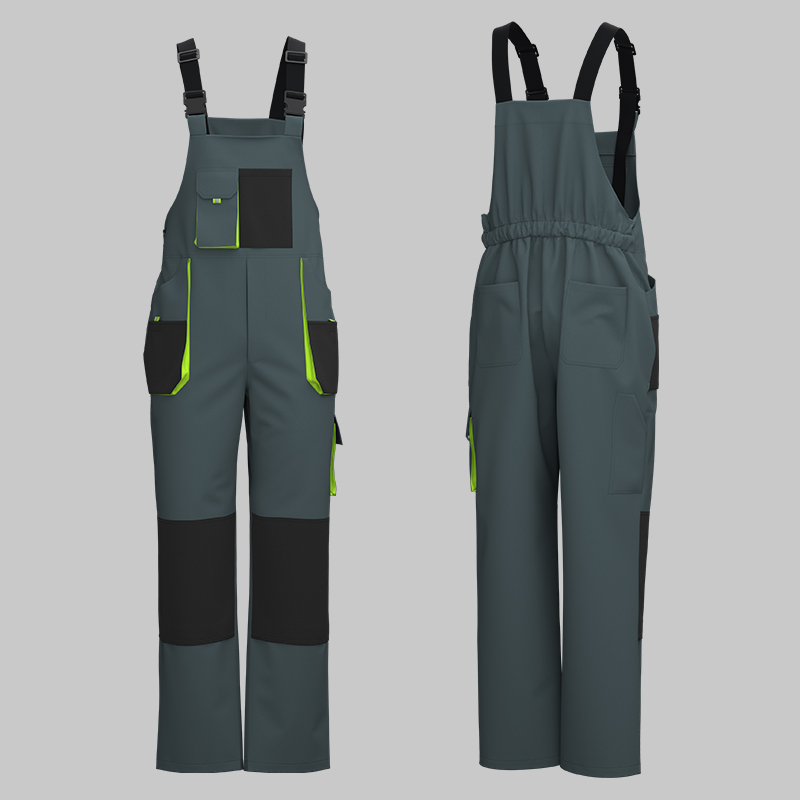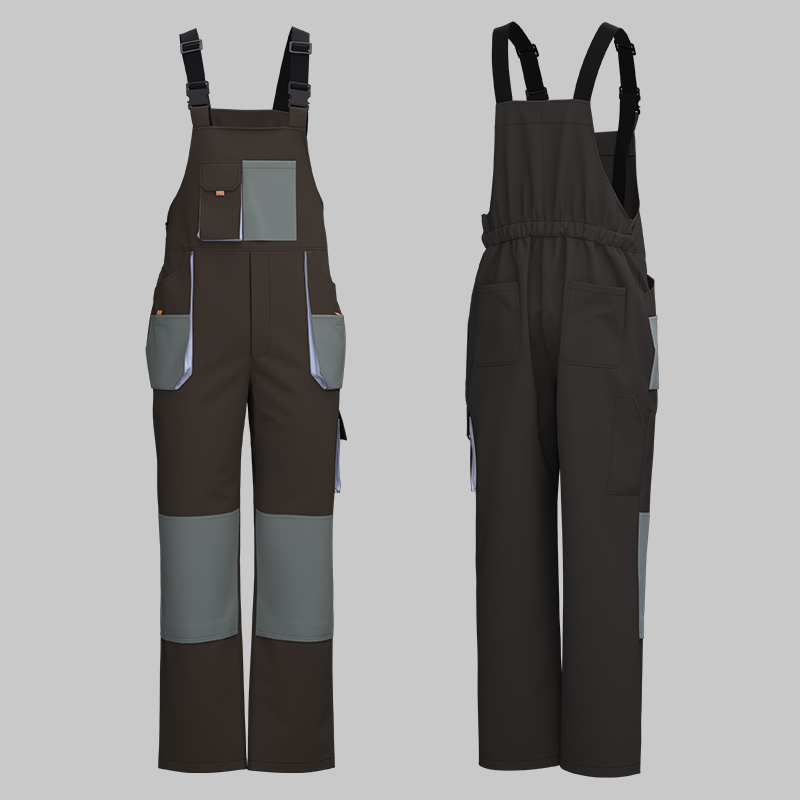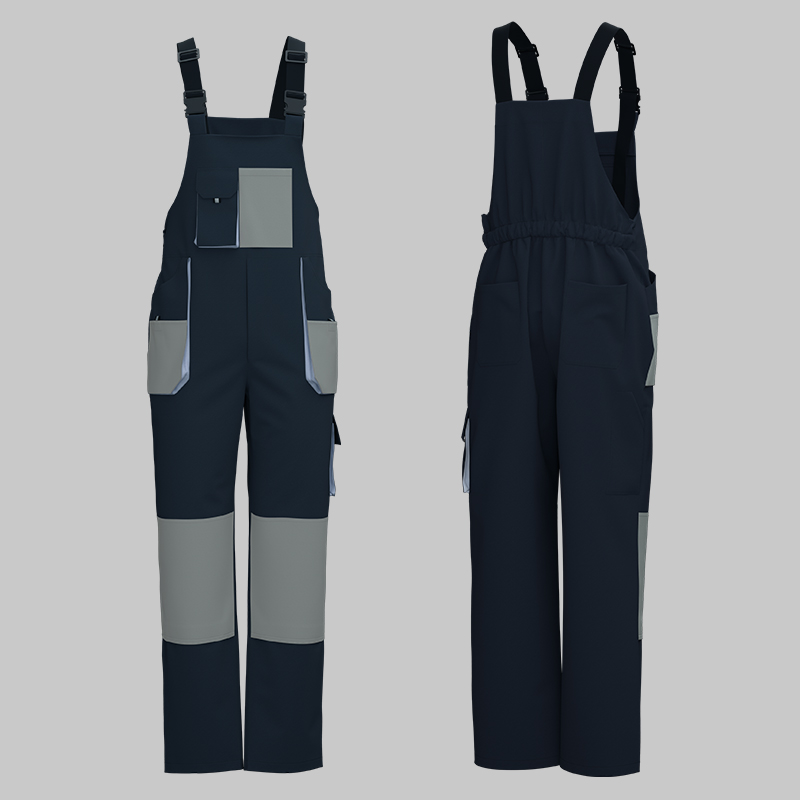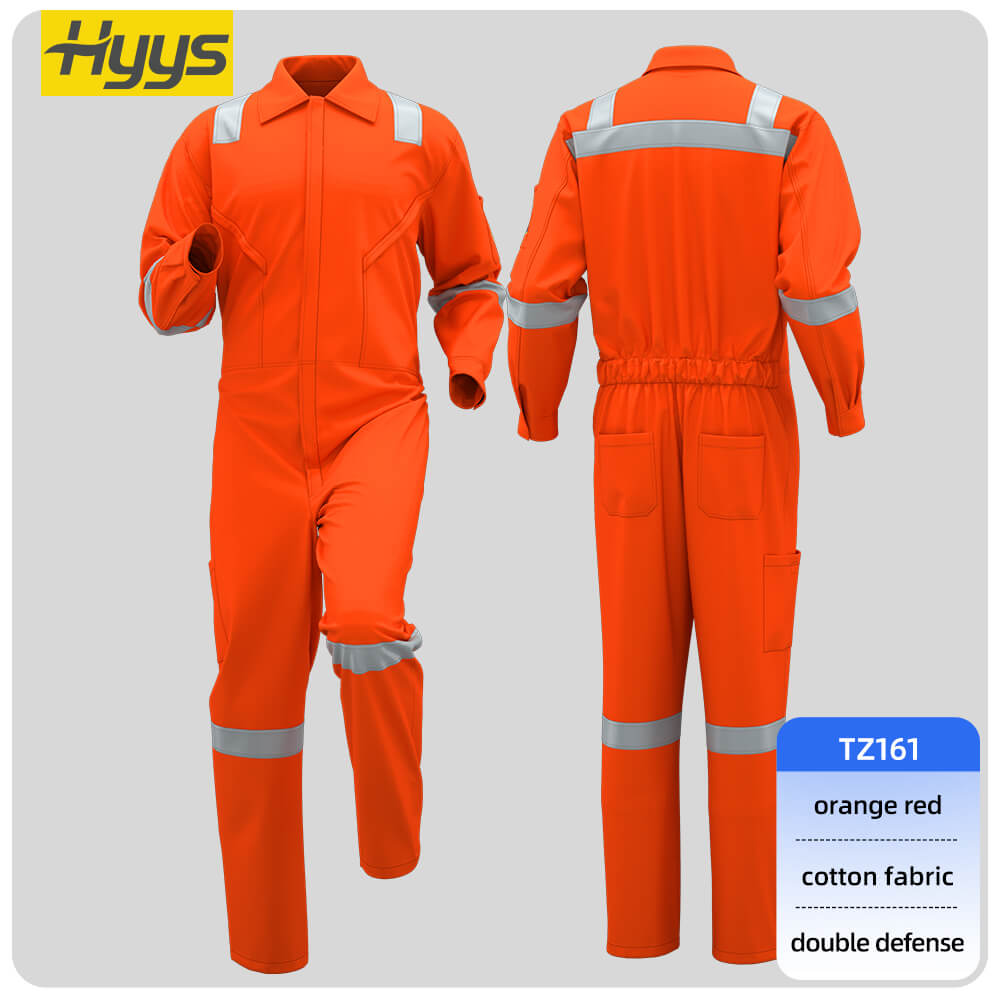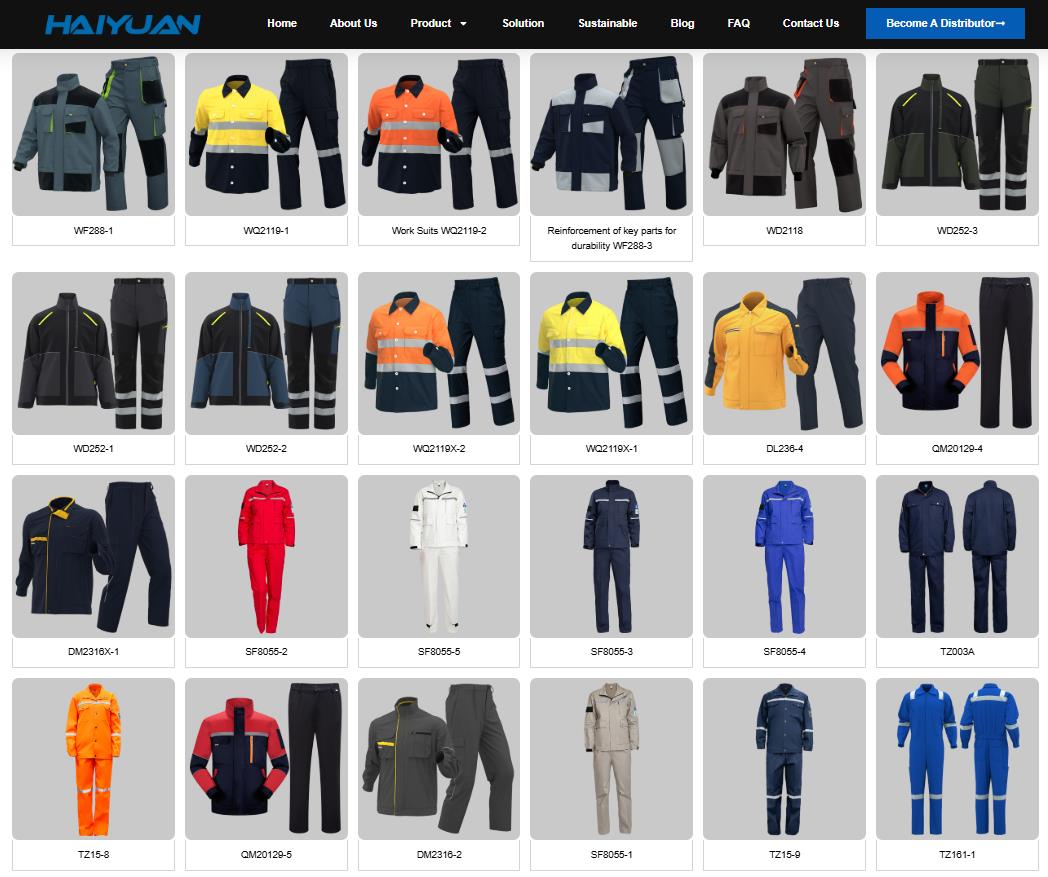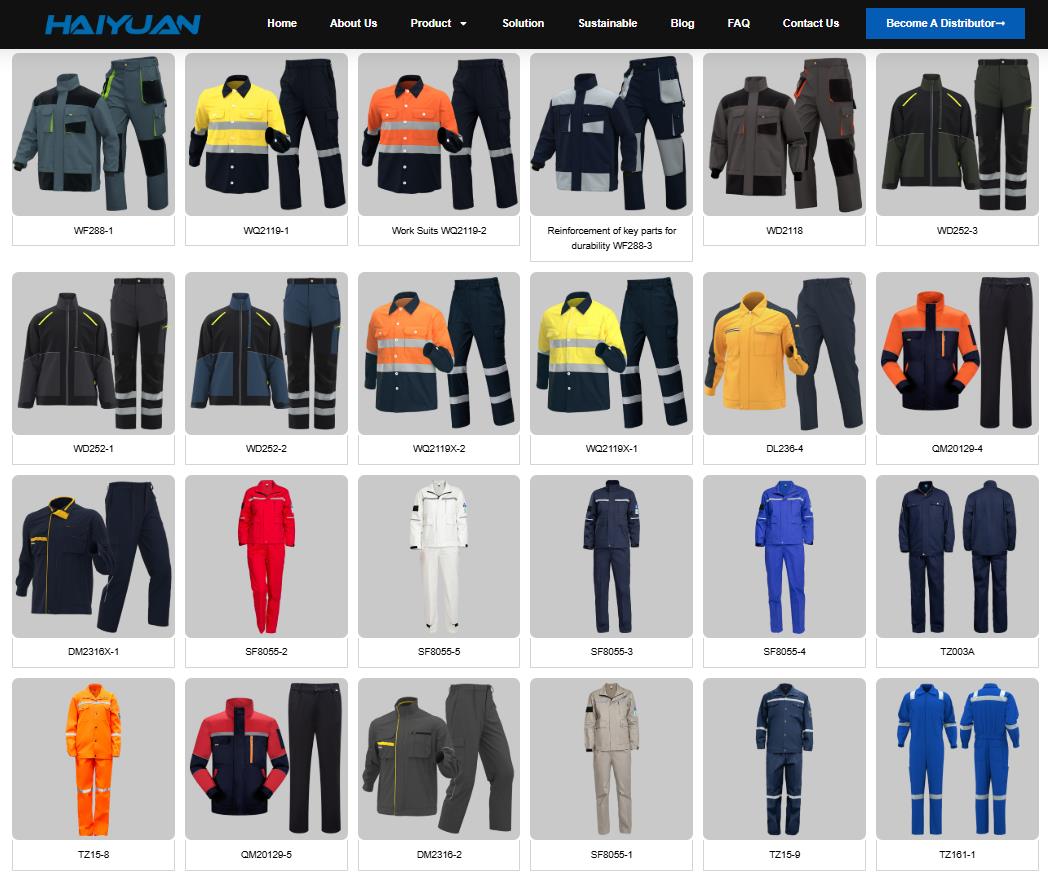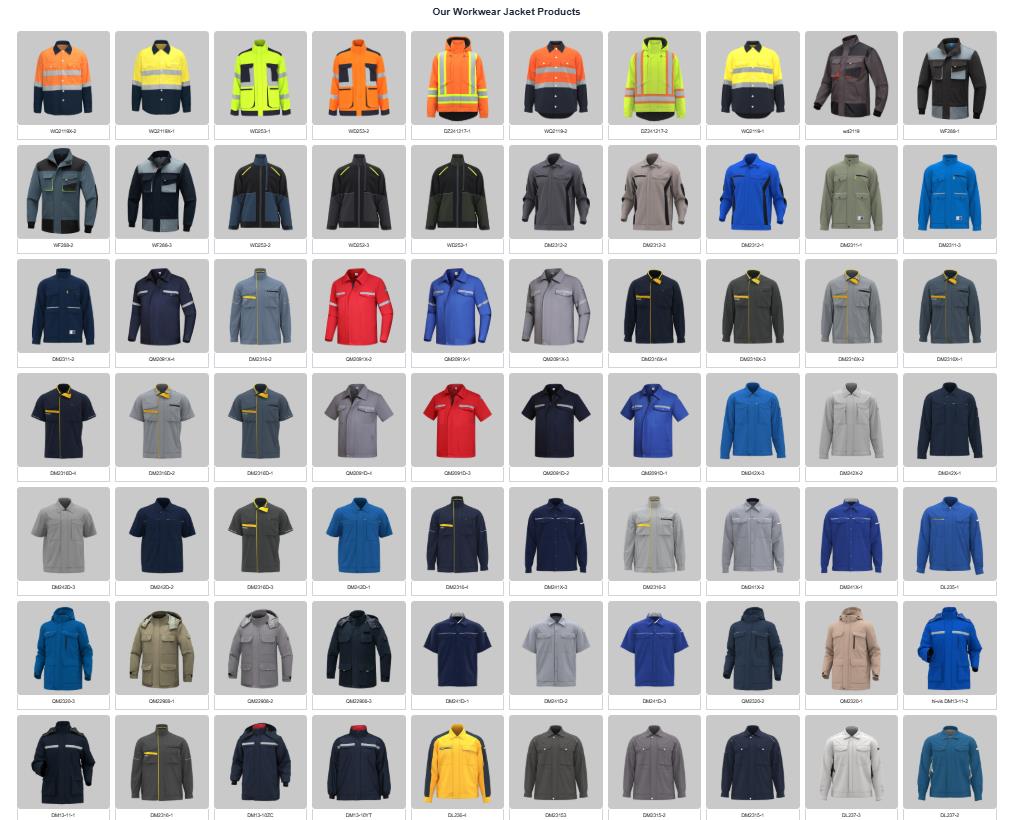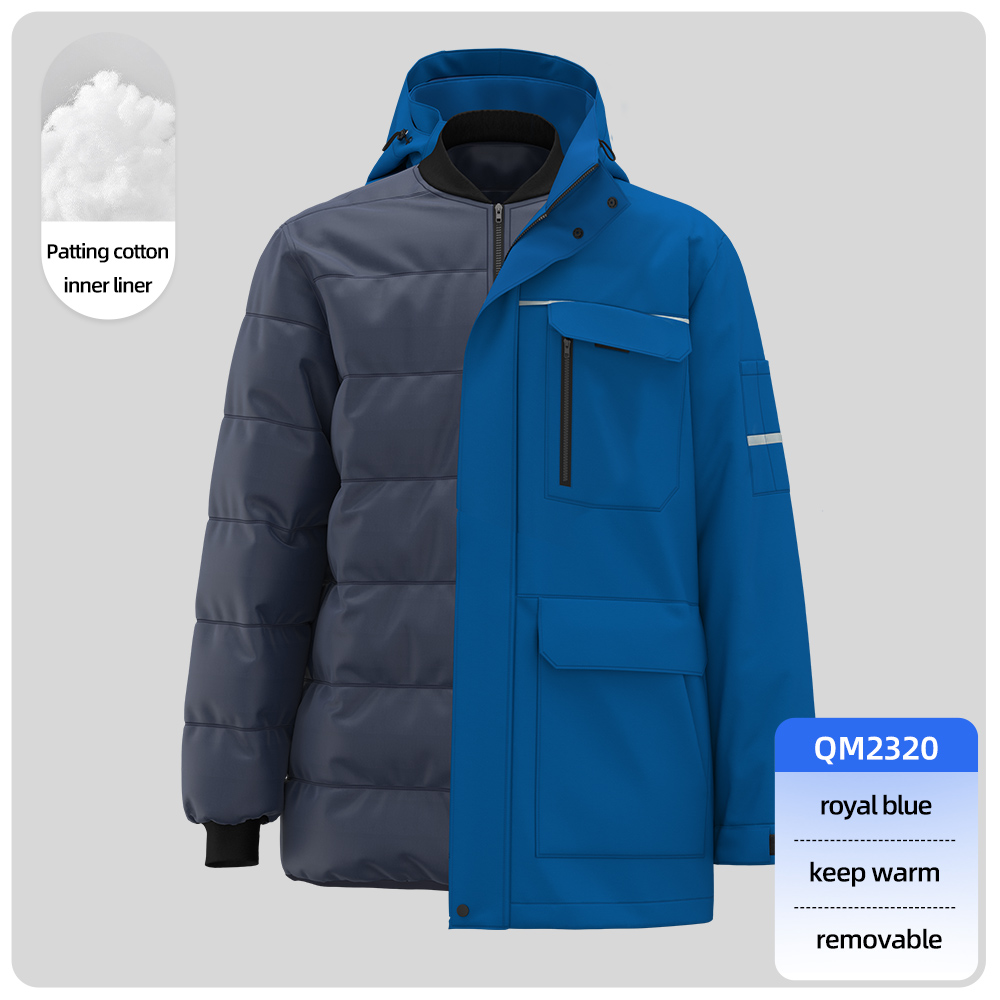Confused between coveralls and overalls? You’re not alone! These rugged garments are worksite staples, but they serve distinct purposes. Let’s break down the differences to help you choose the right armor for the job.
1. What are Coveralls?

Coveralls (often called “boiler suits” or “protective coveralls”) are one-piece garments designed to completely cover your regular clothes from neck to wrists to ankles. Think of them as a full-body shield. They typically feature:
-
Full-length sleeves and legs.
-
A front zipper (sometimes snap or button closure) running the full length or partway down the torso.
-
Often include a collar and may have pockets, tool loops, and adjustable waistbands/cuffs.
-
Primary Purpose: To provide a barrier against dirt, grime, chemicals, sparks, paint, biological hazards, or weather, protecting both the worker and their underlying clothing. They are common in manufacturing, automotive, painting, chemical handling, healthcare (isolation), cleanrooms, and hazardous environments.
2. What are Overalls?
Overalls (commonly referred to as “bib overalls” or “dungarees” in the US) are trouser-based garments with a bib front and shoulder straps. They are worn over other clothing like shirts or sweaters. Key features:
-
Bib Front: A panel covering the chest and stomach.
-
Shoulder Straps (“Braces” or “Suspenders”): Adjustable straps go over the shoulders to hold the garment up.
-
Full-length pants legs.
-
Primary Purpose: To provide durable, protective pants coverage while offering significant freedom of movement and convenient access to tools (via numerous pockets). They are iconic in farming, carpentry, construction, plumbing, and general labor.
3. Coveralls vs. Overalls: Covering the Differences
The core difference is coverage and structure:
-
Coveralls: Offer full-body, head-to-ankle coverage in one piece. They act as a complete outer layer, sealing out contaminants more effectively.
-
Overalls: Cover primarily the legs and torso, leaving the arms and shoulders (except the straps/bib) exposed. They are worn with a separate top underneath. They prioritize leg protection, tool carrying, and ease of movement for the upper body.
4. Coveralls: Pros and Cons
-
Pros:
-
Superior Protection: Best barrier against all-over contaminants (dust, liquids, sparks, pathogens, weather).
-
No Gaps: Minimizes entry points for hazards at the waist.
-
Cleanliness: Keeps underlying clothes completely clean.
-
Warmth: Provides full-body insulation in cold environments.
-
Compliance: Often meet specific safety standards (FR, chemical resistance).
-
-
Cons:
-
Less Convenient: Entire suit must be removed for bathroom breaks.
-
Can Be Hot: Less ventilation in warm weather.
-
Fit Challenges: Finding the perfect fit for torso and limb length can be trickier.
-
Less Flexible Upper Body: Can sometimes feel slightly restrictive compared to a separate shirt.
-
5. Overalls: Pros and Cons; Bib & Brace
-
Pros:
-
Easier On/Off: Can be removed/put on quickly without stripping the upper body.
-
Greater Ventilation: Exposed arms and back allow better airflow.
-
Layering: Easily adjust warmth by changing the top layer underneath.
-
Unrestricted Upper Body: Shoulders and arms move freely.
-
Pocket Galore: Typically feature abundant, heavy-duty pockets for tools.
-
Comfort & Durability: Designed for long hours of physical work.
-
-
Cons:
-
Less Coverage: Exposed arms and back vulnerable to splashes, dust, cold.
-
Waist Gap: Potential entry point for debris or liquids where the bib meets the pants/top.
-
Less Full-Body Protection: Unsuitable for environments requiring total enclosure.
-
-
Bib & Brace: This is essentially another name for traditional overalls, emphasizing the two key structural elements: the chest bib and the shoulder braces (straps).
6. Which type of clothing is best at the workplace?
The “best” depends entirely on the job hazards and requirements:
-
Choose Coveralls When:
-
Protection from head-to-toe contamination is critical (chemicals, paint, fine dust, biohazards).
-
Working in extremely dirty or hazardous environments (asbestos abatement, pesticide application).
-
Working in cold or wet conditions requiring full-body insulation/waterproofing.
-
Specific safety standards mandate full-body coverage (FR in certain scenarios, cleanrooms).
-
-
Choose Overalls When:
-
Primary protection needed is for legs and torso from abrasion, dirt, and minor splashes.
-
Freedom of upper body movement and easy access to tools is paramount (construction, carpentry, farming).
-
Layering for variable temperatures is necessary.
-
Frequent on/off or bathroom breaks are needed.
-
The work environment is less likely to expose the upper body significantly to contaminants.
-
7. Explore Some of Our Coveralls and Overalls
Ready to gear up? We offer a range of high-quality coveralls and overalls built for American worksites:
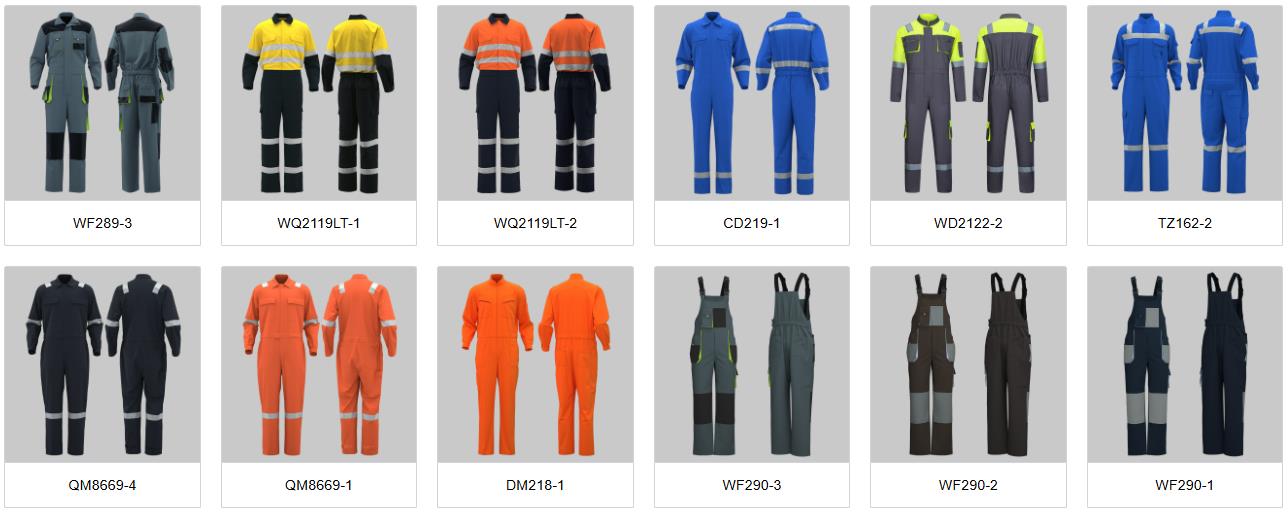
-
Our Coveralls:
-
Basic Cotton Twill Coveralls: Affordable, comfortable, perfect for general maintenance, light mechanics, and keeping clean. (Item #QM8669-4,#QM8669-1)
-
FR Coveralls (GB8965.1-2020 Compliant): Essential safety for welding, electrical work, and fire risk areas. Treated for flame resistance. (Item #TZ162-2)
-
Disposable Tyvek Coveralls: Lightweight, breathable barrier for painting, hazardous dust, asbestos inspection, or healthcare isolation. (Item #TZ131)
-
-
Our Overalls,Bib & Brace:
Choose wisely, work safely! Understanding the difference between coveralls and overalls ensures you have the right protection and comfort for your specific job.
Psst – there’s more! Browse our full range of Coveralls & Overalls to find everything you need. If you’ve decided on overalls, consider pairing them with a safety jacket to complete your outfit!
Recommended reading:

